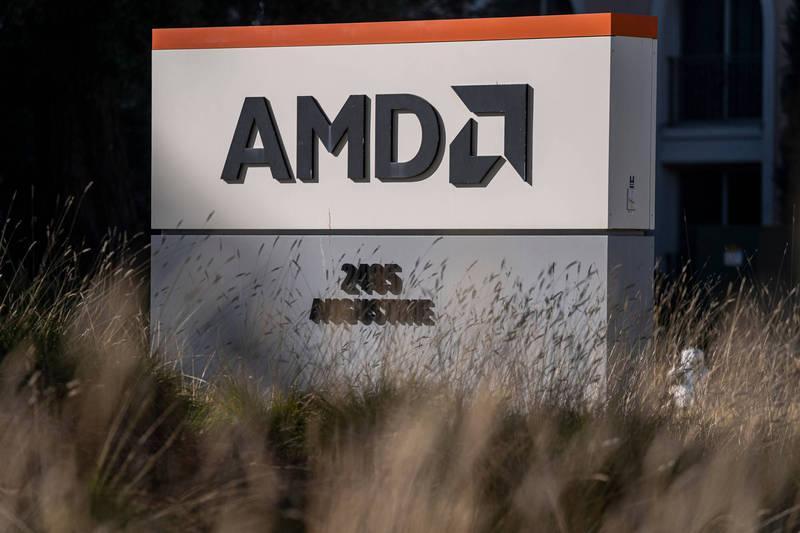新竹筆電收購 收購ASUS筆電 收購ROG電競筆電 收購ACER筆電 收購Msi電競筆電 新竹收購微軟SURF 看全文

我們專業經營各項3C高價回收,收購電競筆電,文書筆電,輕薄筆 電,MSI,ASUS,ACER,HP,Razer,GIGABYBE,Microsoft,,多通路多管道,非坊間垃圾回收價,價格不怕您比較,歡迎企業戶汰舊換新,續約販賣,分期換現,電競筆電, 二手汰舊,手機,筆電,相機,鏡頭,空拍機
新竹收購筆電
increasing cost and complexity of building gigantic, monolithic chips on cutting-edge manufacturing processes. Today, AMD is trying to solve the latter two problems with the launch of its Radeon RX 7900 series GPUs.
Further ReadingNvidia GeForce RTX 4080 review: Second only to the 4090—for now
At $899 and $999, the RX 7900 XT and RX 7900 XTX are still objectively expensive—but because they’re not a further escalation over the starting price of the RX 6900 XT, both cards are what pass for a bargain in today’s GPU market. If you’re looking for cards that can consistently handle 4K gaming at 60 fps and higher, these GPUs do it for less than Nvidia’s latest, and they’re good enough and fast enough that they’ll hopefully start driving Nvidia’s prices down a bit, too.
But Nvidia still retains some key advantages that complicate an easy David-and-Goliath narrative. These GPUs don’t quite feel like a Ryzen moment for AMD’s graphics division—a turning point where a scrappy AMD manages to make a big dent in the market share of an entrenched, complacent competitor. But if you can actually find them for their starting prices, they’re the first sign we’ve had in a while that some relief is coming for high-end-but-price-conscious PC gamers.
Advertisement
Bigger Navi
Enlarge / AMD’s chiplet design is visible in this shot—a large center die with most of the compute resources, and six smaller dies containing cache and the memory controllers.AMD
The RX 7000 series is the third version of the RDNA GPU architecture, also occasionally referred to as “Navi,” after the codenames of the GPU chips themselves. RDNA 3 doesn’t add anything that feels as significant as RDNA 2’s ray-tracing support, but AMD has added plenty of extra hardware and made important under-the-hood changes.
The most significant is a new chiplet-based approach, similar in concept to the one AMD uses for its Ryzen CPUs. Rather than building the entire GPU die on one manufacturing process—increasing the die’s size and therefore the chances that some or all of it could be defective—AMD is building the main Navi 3 GPU die on a 5 nm TSMC manufacturing process and a series of smaller memory controller dies (MCDs) on a 6 nm process. These chips are all linked together with a high-speed interconnect, which AMD says can transfer data at speeds of up to 5.3 terabytes per second.
Further ReadingEverything you need to know about Zen 4, socket AM5, and AMD’s newest chipsets
The main graphics compute die (GCD) contains most of the hardware you think of when you think of a GPU—compute units, shaders, ray-tracing hardware, the media encoding and decoding block, and display output. Both the 7900 XTX and XT use the same Navi 31 GCD, but the XTX runs at higher clocks and has more CUs and stream processors enabled. The XTX has 96 CUs and 6,144 stream processors, while the XT has 84 CUs and 5,376 stream processors. Both cards represent a jump up from the Navi 21 die used in the RX 6900 series, which maxed out at 80 CUs and 5,120 stream processors (and that’s before you account for other performance-boosting improvements).
Advertisement
Enlarge / RDNA 3 brings a little more of everything to AMD’s top-tier GPUs, from CU counts to memory bandwidth. AMD
The MCDs all include a single 64-bit memory controller and 16MB of AMD’s Infinity Cache, and they demonstrate the advantages of a chiplet-based approach. The 7900 XTX has a 384-bit-wide memory bus and 96MB of Infinity Cache, where the 7900 XT has a 320-bit bus and 80MB of cache; to accomplish this, all AMD has to do is remove an MCD. The exact same MCDs can be reused up and down the stack with all of the different RDNA 3 GCDs that AMD chooses to release, from low-end products with a single MCD up to midrange GPUs that use between two and four. Defects in MCD dies won’t require the larger, more complex GCDs to be thrown out or binned, and vice-versa.
In the realm of all-new features for RDNA 3, there are three things of note. First, the GPUs include new AI accelerators, which could be useful both for the plethora of AI-assisted content creation that has sprung up in the last year and for AI-assisted upscaling (if AMD chooses to implement it in some future version of its FSR upscaling algorithm; both DLSS and XeSS use AI for upscaling, but FSR 2.0 doesn’t).
Second, the video encoding and decoding block supports hardware-accelerated encoding for the AV1 video codec, just like the RTX 4000 series and Intel’s Arc GPUs. This should be useful for both content creators and streamers who want to stream higher-resolution video or video at the same resolution while using less bandwidth.
And third, the “Radiance Display Engine” adds DisplayPort 2.1 support to the GPUs. Monitors that take full advantage of DisplayPort 2.1’s extra bandwidth don’t really exist as of this writing, but when
 (圖/彭博)
(圖/彭博)
由於挖礦熱潮與供應鏈影響,過去兩年顯示卡 GPU 價格飆漲,大眾消費者完全不能以官方售價入手,即便有足夠的資金,也可能一卡難求,近期終於迎接曙光!美國零售商睽違兩年,首次出現低於官方定價的「真優惠」,暗示顯卡有望回到正常價格。
外媒《Techradar》報導指出,美國零售商 Newegg 近期下修 新竹收購筆電gigabyte Radeon RX 6900 XT GAMING OC 顯示卡價格至 949 美元,同時搭配折扣活動,可以來到 899 美元,對比原廠 999 美元的定價便宜了 100 美元(約 2,972 元),是睽違兩年首見的顯卡優惠。
英國商家 Overclockers 也出現同樣趨勢,Sapphire Radeon RX 6900 XT Nitro+ SE OC 不僅是有現貨提供,售價也比官方定價便宜約 100 英鎊(約 3,669 元)。
《Techradar》推測,除了顯示卡供應數量獲得改善以外,原因可能與 AMD 即將推出新一代的 RDNA 2 顯卡有關,迫使零售商盡早出清手上的庫存。
新竹收購筆電 新竹收購筆電